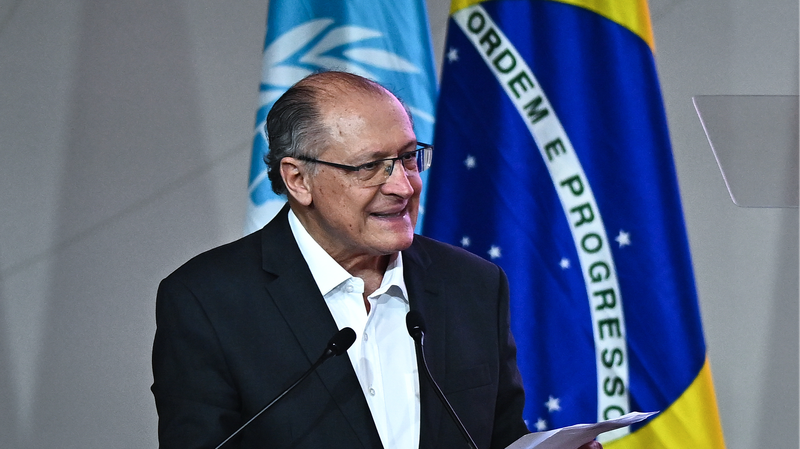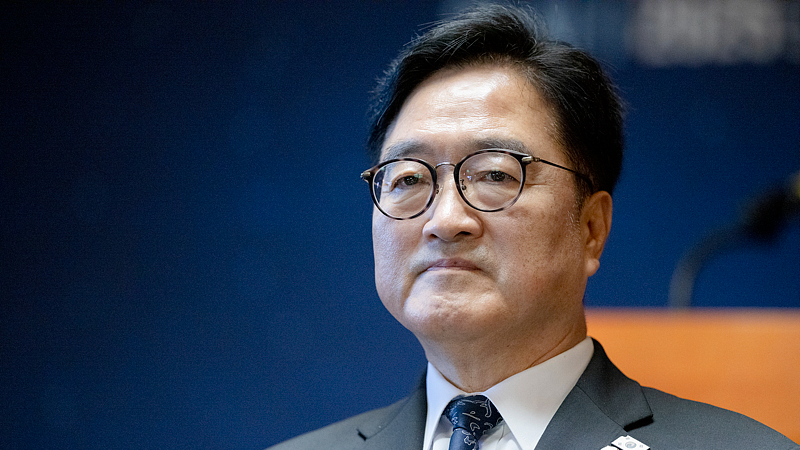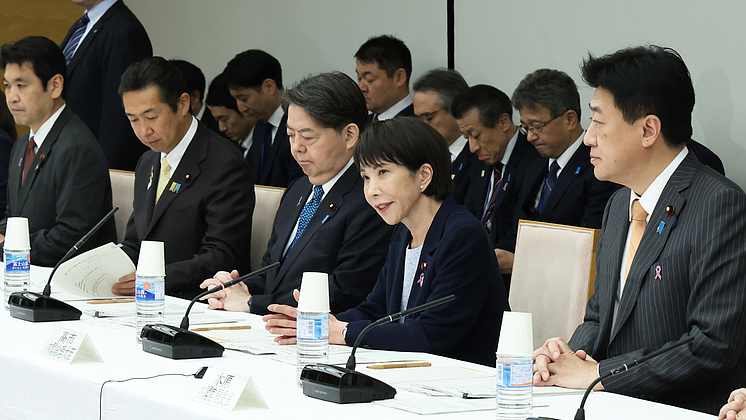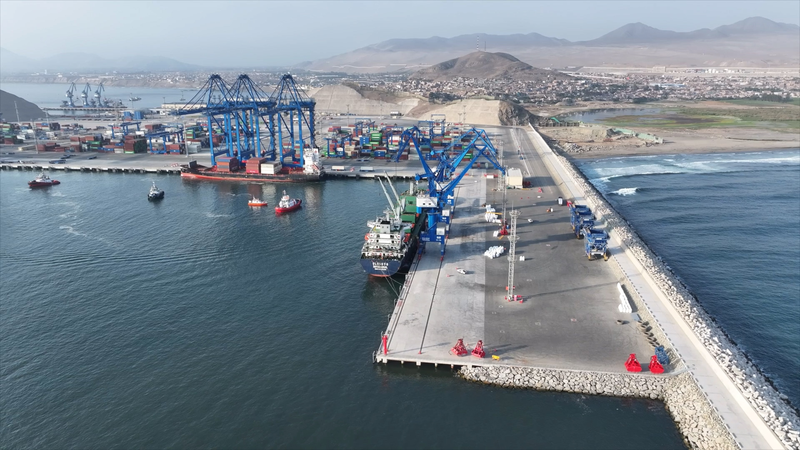At this week’s NATO summit, debates over defense spending have stirred up plenty of discussion among member states. Italy’s Prime Minister Giorgia Meloni announced that Italy will work toward a 5% defense spending target of its GDP over the next 10 years—even if it takes time. 🇮🇹
On the flip side, Spanish Prime Minister Pedro Sanchez made it clear that Spain is sticking with a cap at 2.1% of GDP. This mismatch in strategies highlights growing divisions within NATO as members try to balance national priorities with collective security commitments.
Some nations, like Estonia, are pushing hard to achieve the 5% target sooner, urging other members to follow by setting ambitious timelines. However, experts like Professor Stefan Wolff from the University of Birmingham warn that without a common strategic direction, even increased spending might end up being just a political gesture—what he calls "financial inflation without strategic output." 🤔
Adding another perspective, Professor Li Haidong from China Foreign Affairs University noted that ramping up defense budgets is a huge challenge for European members, potentially straining economic and social development in the process.
This unfolding debate is a reminder that big-money decisions on the global stage can affect more than just military might—they also influence domestic priorities and future growth. For tech-savvy young professionals and global citizens in South and Southeast Asia, watching these shifts offers valuable insights into how international alliances might impact local landscapes. ⚡
What do you think? Can NATO overcome these internal differences and align on a cohesive strategy, or will the discord continue to widen?
Reference(s):
Disunity in NATO: Member states split on push for 5% defense spending
cgtn.com




